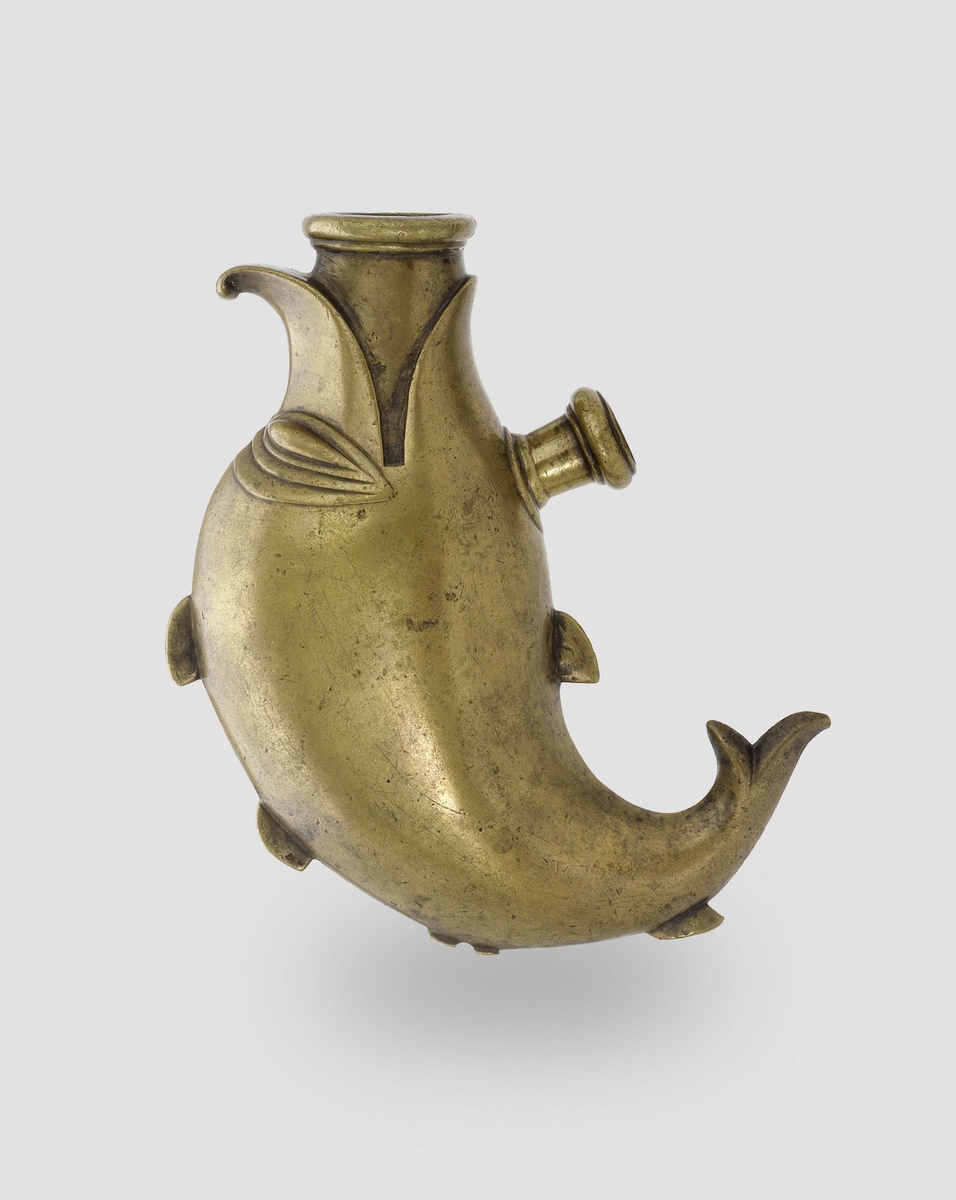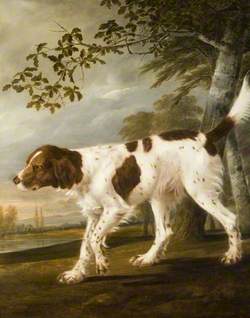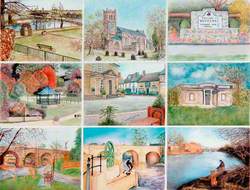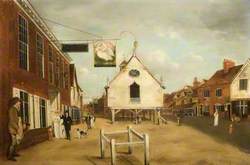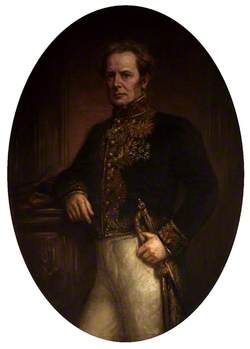How you can use this image
This image can be used for non-commercial research or private study purposes, and other UK exceptions to copyright permitted to users based in the United Kingdom under the Copyright, Designs and Patents Act 1988, as amended and revised. Any other type of use will need to be cleared with the rights holder(s).
Review the copyright credit lines that are located underneath the image, as these indicate who manages the copyright (©) within the artwork, and the photographic rights within the image.
The collection that owns the artwork may have more information on their own website about permitted uses and image licensing options.
Review our guidance pages which explain how you can reuse images, how to credit an image and how to find images in the public domain or with a Creative Commons licence available.
Notes
Add or edit a note on this artwork that only you can see. You can find notes again by going to the ‘Notes’ section of your account.
Smoking was introduced into the Mughal empire at the end of Akbar's reign, when Asad Beg, one of his noblemen, brought tobacco and hookahs, or waterpipes, back from Bijapur in the Deccan. Asad Beg reported that tobacco was well known at Mecca and Medina and presented Akbar with a fine jewelled pipe with a mouthpiece of Yemeni carnelian. Although Akbar's physician forbade him to smoke, the fashion for hookahs soon caught on and, as in Iran, various objects were adapted to hold the scented water through which the tobacco smoke passed. These included coconuts and various types of glass vessel, including bottles in which Dutch gin was exported, as well as spherical containers shaped like Indian waterpots (see MTW 1558). These rested on rings or collars so that they stood upright.
Title
Hookah Base in the Shape of a Dolphin
Date
17th C
Medium
cast brass
Accession number
299
Work type
Sculpture
